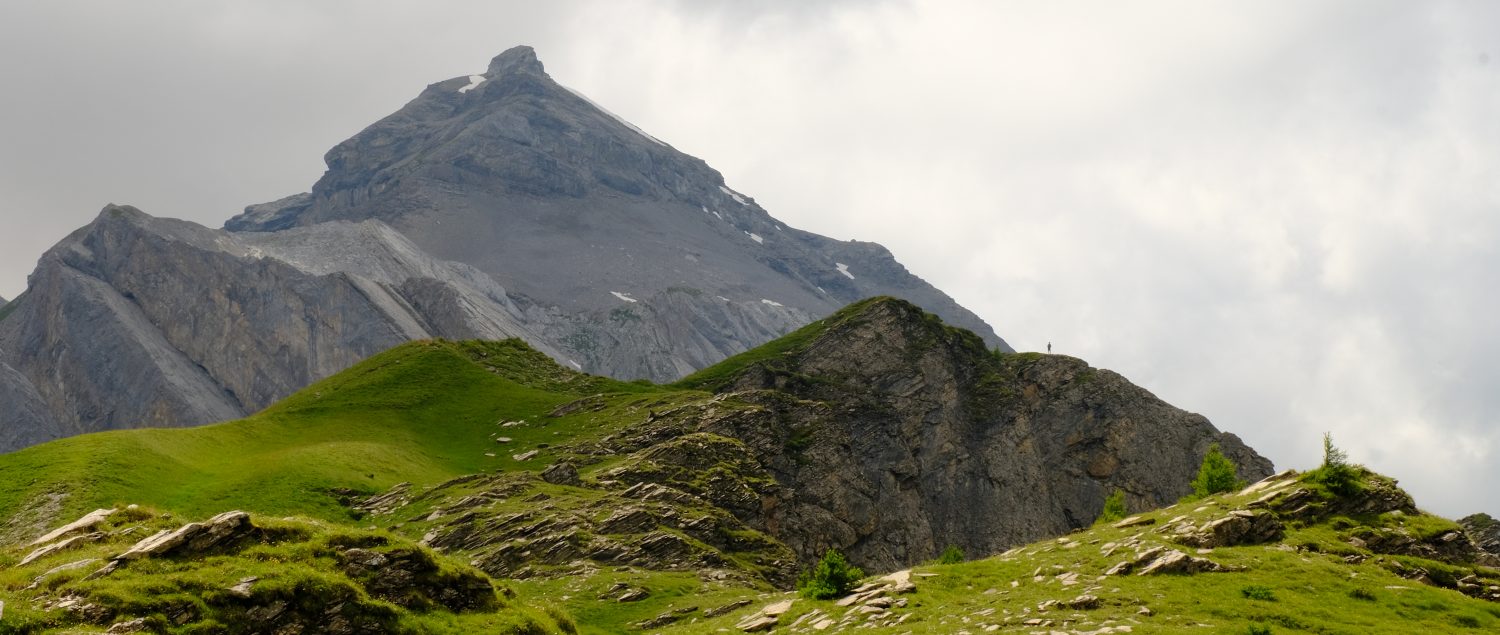It takes a bit more sleuthing to identify trees in winter, here’s some top tips. You can find all these trees in the Warren between St James the Great Church in Paulerspury and Pury End.
Look underneath
You can find some great clues under the tree. Don’t get too cocky though, the wind might have blown some other leaves in.

Photo credit: Sally Woodbridge
These long thin leaves cover the ground underneath some of the willow trees by the stream in the Warren. Look really closely and you’ll see that some of the leaf edges have little teeth. These are from the Crack Willow (AKA Brittle Willow). It gets its name because small twigs snap off easily, are carried downstream and then root to form new trees.
Look up: What’s left from the autumn?

Photo credit: Sally Woodbridge
This lovely young oak tree near the edge of the St James the Great cemetery still has old leaves attached.

Photo credit: Sally Woodbridge
There are still some distinctive winged seeds attached to this field maple.
What’s waiting for spring?

Photo credit: Sally Woodbridge
This alder is by the stream in the Warren. The dangling male catkins are produced in early winter, ready to shed their pollen in late February / early March. The woody cones are the remains of last summer’s green female fruits.

Photo credit: Sally Woodbridge
The ash tree has distinctive black, knobbly winter buds all ready to open up come the spring.
Hark the bark!
Some trees have really distinctive bark.

Photo credit: Sally Woodbridge
Yew has a reddish brown peeling bark. Yew trees can be incredibly long-lived, up to 3,000 years. Find them in churchyards such as ours at St James the Great. Yew was important in some pre-Christian religions and, interestingly, there are at least 500 churchyards in England where the yews predate the church buildings.
Location, location, location

Photo credit: Sally Woodbridge
Some trees are a bit fussier about where they like to grow. This photo taken looking up the stream through the warren shows willows and alder. Unlike me they both like damp feet!
The shape of things
A bit trickier! Trees change their shape as they mature, they also grow differently depending on how much shade they have, and how harsh the weather or terrain is. Sometimes other plants give them a distinctive shape and can help you with identification too.

Photo credit: Sally Woodbridge
Clue 1: Ash trees have twigs that turn up towards the sky (but so do Horse Chestnuts). Clue 2: the knobbly black buds we saw earlier. Clue 3: The ivy! Because Ash trees don’t have a thick, shady canopy of leaves ivy grows really well up them as it receives more sunlight. But ivy doesn’t harm trees unless they are old or diseased. The suckers of the ivy plant are just there to attach it to the trunk, not to steal from it. Ivy gets its water and nutrients from the soil close to the tree, a healthy tree gathers these essentials with its wide, spreading roots. The ivy brings lots more wildlife benefits too. The flowers provide late autumn nectar, its berries are essential late winter fruits and it’s dusty recesses provide shelter for insects and mammals.
Roger Phillips, Trees in Britain, Europe and North America, Pan Books 1978.
Woodland Trust website: woodlandtrust.org.uk
Nature’s Work https://www.youtube.com/channel/UCjWIcL5mf5pEYUpPSVgb3Aw
If you enjoyed this please enter your email address below to follow this blog and receive notifications of new posts by email.


